David And Goliath: A Comparison Of Nissan And Toyota

Japan’s largest and second largest automakers are worlds apart. Last year, Nissan made less than half of the cars the world’s number one, Toyota produced. Looking at the February results of both, we see a Goliath that is slowing down and a David that is revving up mightily. What’s more, we see a Goliath that is heavily exposed to the destruction in Japan, and a David that had moved most of his production abroad, well before the Flood. Let’s compare David and Goliath.
This comparison is based on February 2011 production and sales data emailed to TTAC today by Toyota and Nissan. The Toyota press release is available here. The Nissan press release is available here. For Toyota, we will be using the Toyota Motor Corp group data, including Daihatsu and Hino. If no time period is given, the data refer to February 2011. A month does not a year make. However, this February probably was the last “normal” month you will see in the Japanese car industry for a while. Let’s see how the two embark on the road to the great unknown.
In February, Toyota’s worldwide production fell 2.5 percent to 761,248 units. Nissan’s global production increased 21.7 percent to 350,093 units, an all-time record for the month of February.
Japanese production was down for both, reflecting the double-digit contraction of the Japanese domestic market. Toyota’s Japanese production dropped 7.4 percent to 349,900 units. Nissan’s production in Japan decreased 3.8 percent to 93,432 units.
Exports from Japan rose 5.3 percent to 170,075 units for Toyota, first increase in two months . Nissan’s exports in February increased 7.8 percent to 54,215 units. Nissan’s exports to North America increased 41.5 percent, to Europe 51.8 percent.
Here is probably the most important metric at the moment and in the following months when all manufacturers, and especially the Japanese are trying to come to grips with the disaster in Miyagi:
Toyota has 49 percent of its global production of 716,248 units in Japan, 51 percent of the production is overseas. Nissan has 27 percent of its global production of 350,093 units in Japan, 73 percent is overseas. Neither of them will escape the Japanese parts paralysis unscathed. At least on a spreadsheet, Nissan is in a better position that its Goliath rival. As always, the devil is in the details.

Bertel Schmitt comes back to journalism after taking a 35 year break in advertising and marketing. He ran and owned advertising agencies in Duesseldorf, Germany, and New York City. Volkswagen A.G. was Bertel's most important corporate account. Schmitt's advertising and marketing career touched many corners of the industry with a special focus on automotive products and services. Since 2004, he lives in Japan and China with his wife <a href="http://www.tomokoandbertel.com"> Tomoko </a>. Bertel Schmitt is a founding board member of the <a href="http://www.offshoresuperseries.com"> Offshore Super Series </a>, an American offshore powerboat racing organization. He is co-owner of the racing team Typhoon.
More by Bertel Schmitt
Latest Car Reviews
Read moreLatest Product Reviews
Read moreRecent Comments
- Jeff “So, the majority of our products are either ICE vehicles or intended to utilize those multi-energy platforms that we have. This is a great opportunity for us, compared to our peers, having the multi-energy platforms for all of our products in development and having the agility to move between them,” she said. From what is stated about the next generation Charger it will be released as a 2 door EV and then as a 4 door with the Hurricane turbo straight 6. I assume both the 2 door and 4 door is on the same platform.
- Brendan Duddy soon we'll see lawyers advertising big payout$ after getting injured by a 'rogue' vehicle
- Zerofoo @VoGhost - The earth is in a 12,000 year long warming cycle. Before that most of North America was covered by a glacier 2 miles thick in some places. Where did that glacier go? Industrial CO2 emissions didn't cause the melt. Climate change frauds have done a masterful job correlating .04% of our atmosphere with a 12,000 year warming trend and then blaming human industrial activity for something that long predates those human activities. Human caused climate change is a lie.
- Probert They already have hybrids, but these won't ever be them as they are built on the modular E-GMP skateboard.
- Justin You guys still looking for that sportbak? I just saw one on the Facebook marketplace in Arizona



















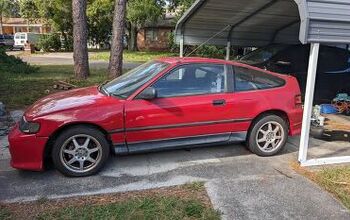
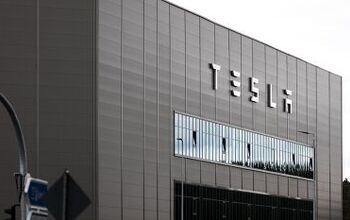
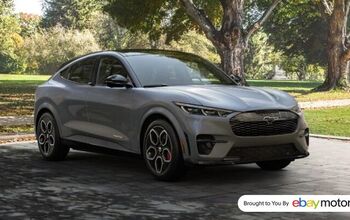

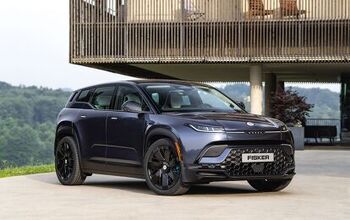
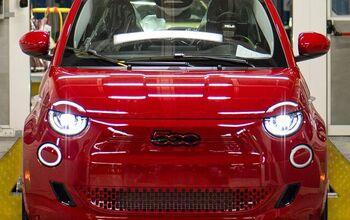
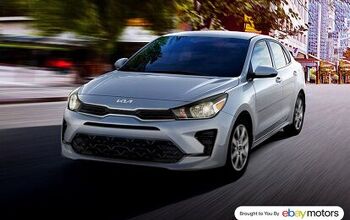

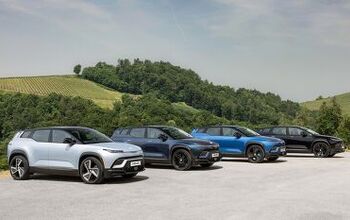
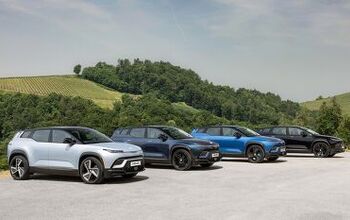
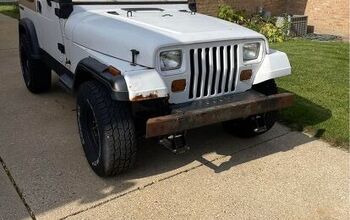
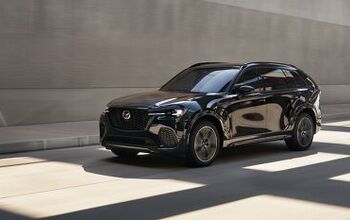
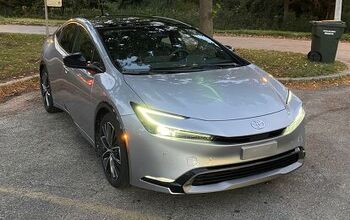
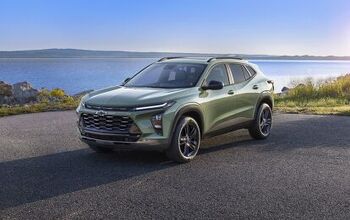

Comments
Join the conversation
I would sort of agree with Vanilla actually. I have pondered this myself. It seems as if Toyota has picked up what GM used to be (at least figuratively), but of course with much better built yet boring cars too. Here in W. CO. a lot of old folks (both old hippies and rednecks) drive Toyota trucks and cars (I have seen an NRA sticker on a Prius). But Nissan seem to compete more with the VW crowd in sedans, but yet competes with Toyota, GM, and Ford in trucks and SUV's.
Production may be overseas, but there is an unwritten,heavily spoken piece of advice that even the local Toyota monopoly salespeople tell their customers...DON'T BUY THE CAMRY THAT WAS MADE IN THE US...LOOK FOR THE "J" THAT STARTS THE VIN...the horror stories of ill fitting doors on Camry SE's made in Kentucky...my own experience with my 2011 Sienna SE which has an interior that would be more fitting in a Yugo than a $30k+ van, peeling paint on the insides of the doors...